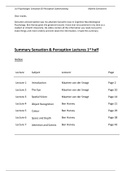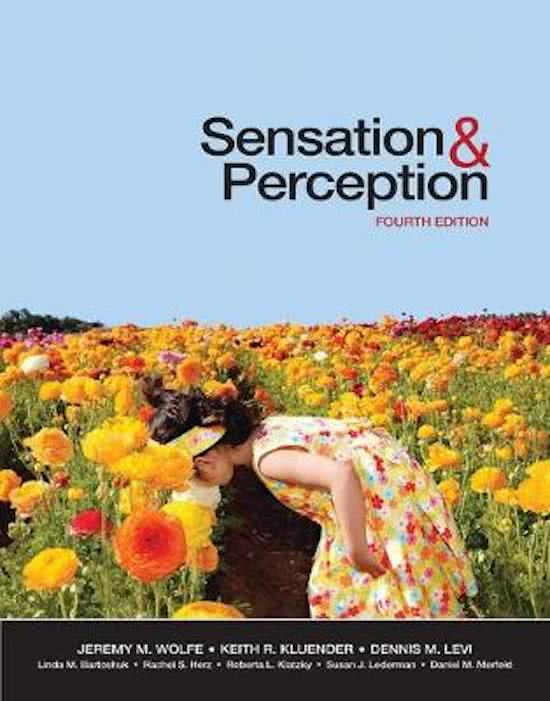College aantekeningen
Sensation & Perception Tentamen Samenvatting
Dit is dé samenvatting van het 'Sensation & Perception' gegeven aan de faculteit sociale wetenschappen op de Universiteit Utrecht. Het is een erg complete samenvatting van het vak en verschaft genoeg om het tentamen te halen. Desalniettemin bevat het veel informatie over onderwerpen die handig zij...
[Meer zien]





